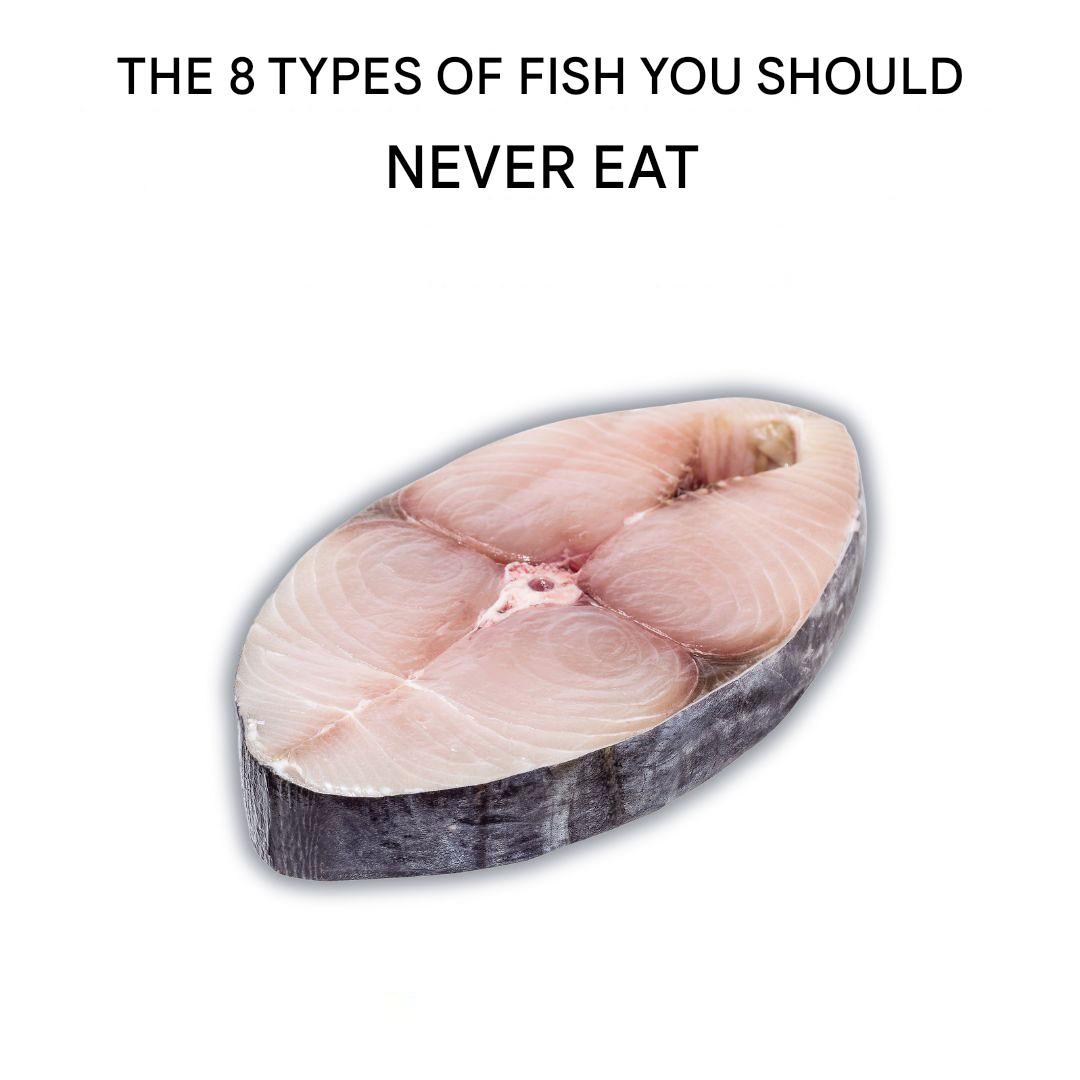ADVERTISEMENT
### The Fish in Question: Atlantic Bluefin Tuna
The fish that has earned a reputation for being the worst to eat is the **Atlantic bluefin tuna**. This species of tuna has long been revered for its size, flavor, and texture, making it a highly prized catch for commercial fisheries and sushi lovers alike. However, over the years, concerns have grown over the sustainability and health implications of consuming bluefin tuna.
While it might seem surprising that a fish so commonly associated with high-end dining could have such a negative reputation, the Atlantic bluefin tuna has a number of troubling characteristics that should make anyone reconsider including it in their diet.
### 1. Overfishing and Endangerment
One of the primary reasons the Atlantic bluefin tuna is considered one of the worst fish to eat is its critical status of overfishing. The demand for this species has skyrocketed in recent years due to its popularity in sushi and sashimi dishes, especially in countries like Japan, the United States, and other parts of the world. However, this demand has led to severe depletion of bluefin tuna populations.
The **International Union for Conservation of Nature (IUCN)** lists the Atlantic bluefin tuna as **endangered**. The global population of this species has dropped dramatically in the past several decades due to excessive fishing, especially in the North Atlantic. Overfishing not only depletes the population but also disrupts the balance of marine ecosystems, causing long-term ecological damage.
Despite international efforts to regulate bluefin tuna fishing, illegal fishing practices, and inadequate enforcement of fishing quotas continue to threaten the species. As a result, when you consume Atlantic bluefin tuna, you are contributing to the depletion of an already endangered species, which further exacerbates the problem of overfishing in our oceans.
### 2. High Levels of Mercury Contamination
Another major concern with eating Atlantic bluefin tuna is the **high levels of mercury** that this species tends to accumulate in its tissues. Mercury is a toxic heavy metal that is harmful to both humans and marine life. It enters the ocean through industrial pollution and accumulates in fish as they consume smaller fish that contain mercury. Bluefin tuna, being apex predators, are at the top of the food chain and therefore tend to accumulate significantly higher levels of mercury compared to smaller fish.
When humans consume bluefin tuna, particularly in large quantities, they expose themselves to high levels of mercury, which can lead to serious health issues, including:
– **Neurological damage**: Mercury exposure can affect the nervous system, leading to memory problems, learning disabilities, and impaired motor skills, particularly in developing children and fetuses.
– **Kidney damage**: Prolonged exposure to mercury can cause damage to the kidneys, making it more difficult for the body to filter waste.
– **Cardiovascular problems**: Mercury toxicity has been linked to increased blood pressure, heart disease, and other cardiovascular conditions.
– **Immune system suppression**: Mercury can weaken the immune system, making individuals more susceptible to infections and illnesses.
For pregnant women, young children, and those with pre-existing health conditions, the risks associated with consuming bluefin tuna are even greater. Due to its high mercury content, this fish should be avoided by vulnerable populations altogether.
For Complete Cooking STEPS Please Head On Over To Next Page Or Open button (>) and don’t forget to SHARE with your Facebook friends
